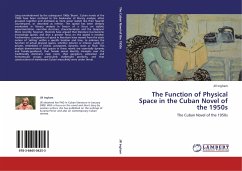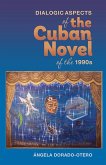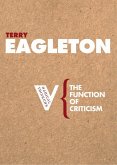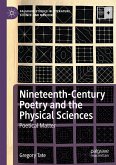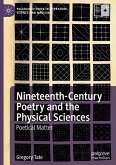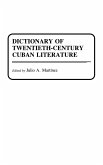Long overshadowed by the subsequent 1960s Boom , Cuban novels of the 1950s have been confined to the backwater of literary analysis, often grouped together and dismissed as mere social realism like their Spanish counterparts, or described as inferior. The spatial has been similarly overlooked in literary analysis in favour of a focus on stylistic experimentation, narrative structure, characterisation and the temporal. More recently, however, theorists have argued that literature has become increasingly spatial, and that a greater focus on the spatial is needed. Furthermore, conceptions of space in literature have moved from the static notion of setting within a specific location and time, to embrace the function of actual physical spaces, whether exterior or interior, public or private, embedded or liminal, juxtaposed, dynamic, static or fluid. This analysis demonstrates that spaces in these novels are essentially dynamic and female-gendered, that female sexual identity triumphs over the traditionally dominant male norm, that gangsters, policemen and homosexuals occupy particularly challenged positions, and that constructions of mainstream Cuban masculinity were under threat.
Bitte wählen Sie Ihr Anliegen aus.
Rechnungen
Retourenschein anfordern
Bestellstatus
Storno

